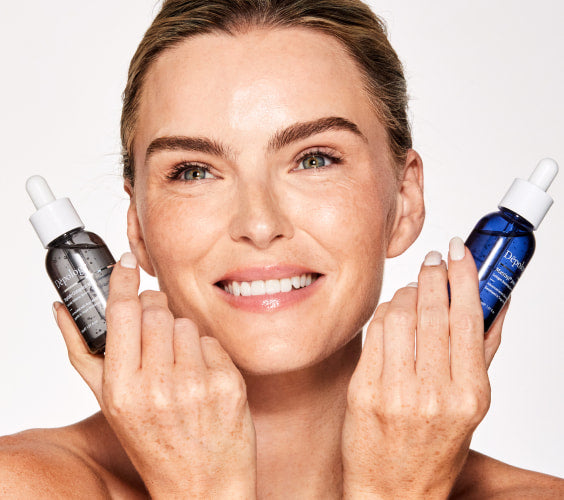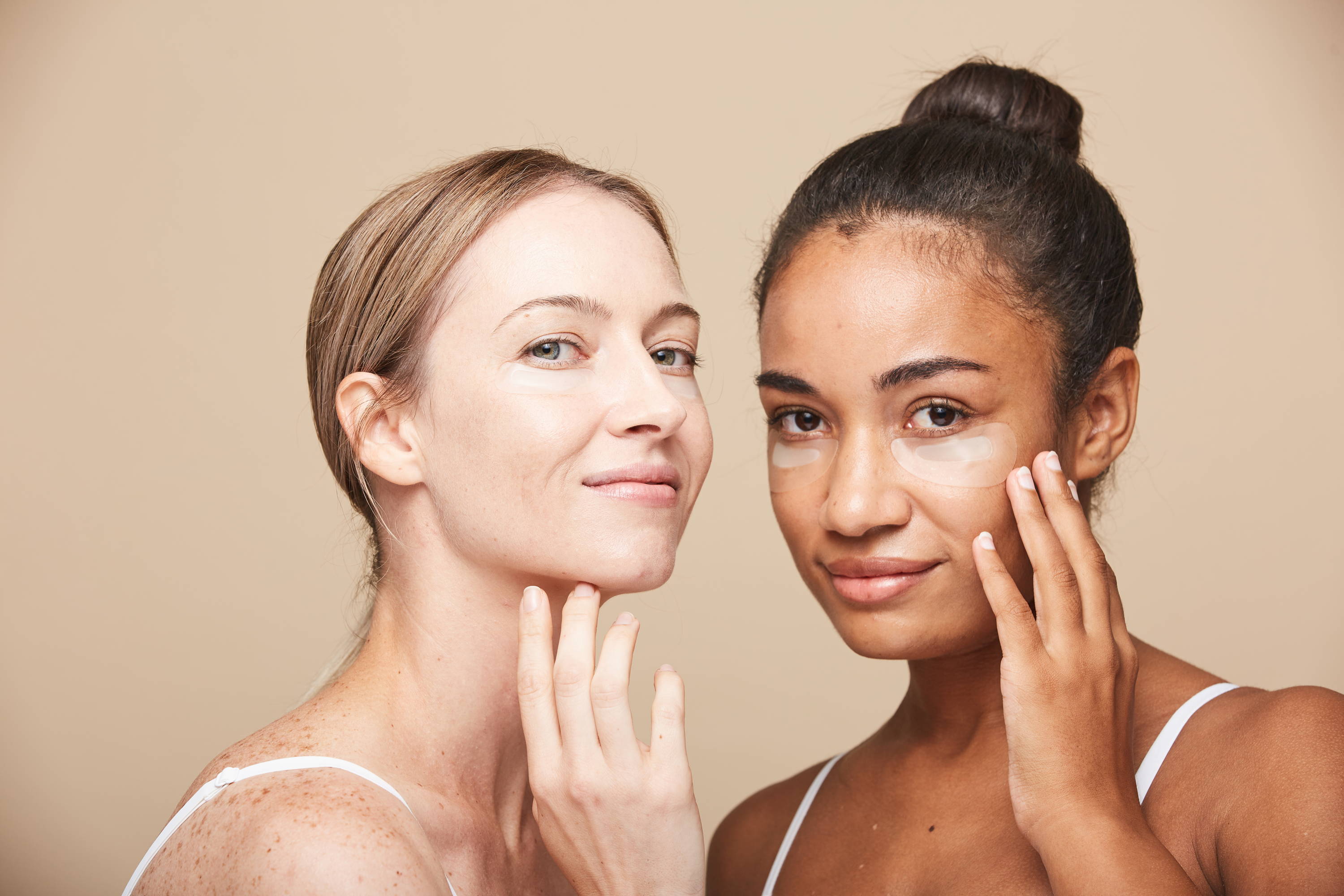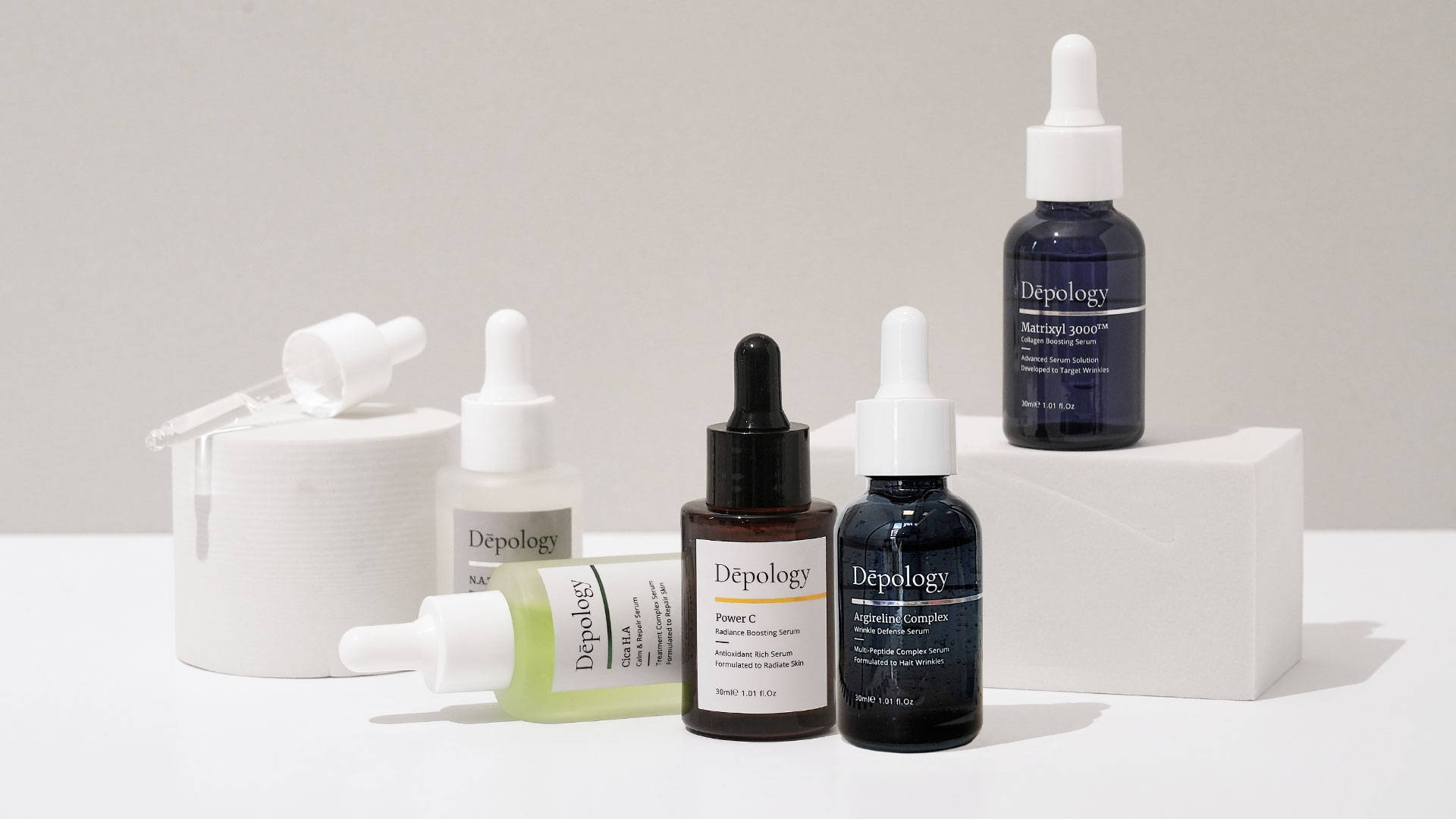
What Causes Dry And Cracked Skin?
That time of year when you have to be warier of how you are treating your hands is never one to look forward to. For some of us, little changes. We experience mild itching, redness, or irritation, but for the most part, we can go through the drier months unscathed. For others, debilitating skin conditions and genetic factors can be determining factors in the quality of everyday life.
While dry or cracked skin is generally not a serious medical concern, nor does it require emergency treatment, knowing what initial signs to look out for can greatly help you in treating a condition earlier rather than later. Left untreated, some symptoms of dry skin can lead to more serious concerns, such as bacterial infections, making it more difficult to heal.
Causes of Dry and Cracked Skin
Age
Whether we like it or not, getting older is a common cause of more frequent dry skin. As we age, our skin starts to lose moisture, produce less collagen, and become less effective at producing enough natural oils to maintain its protective barrier. Genetics may also play a role in determining skin type during the natural aging process. If someone in your family had a condition such as psoriasis, chances are you’re more likely to develop that condition.
Dehydration
In order for the skin to maintain its protective barrier and sustain its natural process, it needs enough moisture to work with the essential oils that the skin produces organically. Dry skin is a result of the skin not being able to retain as much moisture as it is losing, allowing it to become irritated and lose its protective capabilities as a result.
Carrying around extra resources with you to apply throughout the day, such as a Multi-Balm Stick, will help to maintain moisture in the skin, especially in the colder months. This way, you can continue to perform your daily activities without worrying about how your skin is reacting to the environment around you. And of course, don’t forget to drink plenty of water!
Extreme Temperatures/Weather
Does that bitterly cold winter wind irritate you as much as the rest of us? Not only is it far from pleasant, but it also aggravates the skin, resulting in loss of moisture and a solid protective barrier. Particularly in the winter months, there is low humidity in the air. Combined with low or freezing temperatures, it is easier for the skin to get drier if not taken care of immediately. It can be a game of catch-up in the winter season to ensure your skin is well-taken care of.
Another tricky part about the winter months is that a majority of us spend time indoors, as it is too cold to spend time outside. Central heating in businesses and our homes further causes us to lose moisture in our skin. During this time of year, our skin is constantly battling external conditions to maintain a steady supply of new skin cells, oils, and moisture to work efficiently. Traveling with lotion and moisturizing regularly is key to healthy skin during this time of year.
Overbathing
Are you someone who enjoys long baths and showers? Not only do shorter bathing sessions help conserve water and energy, but they’re much better for your skin over time. Excessive bathing can harm the skin, causing further irritation and dryness that leads to redness, flaking, peeling, and even premature aging signs.
If you still want to partake in longer showers or are someone who frequently washes their hands, try using lukewarm water rather than solely hot temperatures. This will allow your skin to be able to tolerate the session for a longer period, causing less damage to your skin’s barrier.
Of course, always be sure to maintain moisture and hydration by applying lotions frequently, especially in the drier months or if you have sensitive skin. For dishwashing, gloves are highly recommended to further protect your hands from getting dried out.
Skin Conditions
While dry skin is hard on all of us, especially during the colder months of the year, those with sensitive skin or skin conditions that require extra attention are more prone to experiencing extreme symptoms. These can range from mild inflammation to cracked and bleeding signs, often seen in the knuckles.
Diabetic Neuropathy
When someone is experiencing diabetic neuropathy, this involves the nerves not being able to properly maintain moisture within the skin. Typically, this condition results from nerve damage that occurs from being diagnosed with either Type 1 or Type 2 Diabetes. People who live with diabetes also tend to be more prone to skin infections.
Common symptoms of diabetes when it comes to the nervous system are numbness in the feet and hands, foot/leg/hand pain, foot calluses, weak ankles, and dry or cracking skin, particularly on the heels of the feet.
In some cases, dryness of the feet can be a result of athlete’s foot or tinea pedis, which is a skin infection caused by fungus. The casual term “athlete’s foot” comes from the group of people who often experience this condition, such as runners and swimmers who frequently encounter damp feet. It is commonly found between the toes and on the bottom of the feet. While mild forms of the infection can typically be treated with over-the-counter (OTC) medication, more severe cases will require a doctor’s visit and potentially stronger medications one can only attain with a prescription.
Atopic Dermatitis
Atopic dermatitis, the most common type of eczema, is known for its severe redness and intense itching symptoms. What is even more troublesome regarding this skin condition is that it can occur anywhere on the body. That goes for hand palms, fingers, face, back, and even under the knees. Aside from inflammation and itching, many people also experience a variety of symptoms including skin peeling and flaking, blisters, and scaly patches, like the shedding of skin.
This form of eczema often affects young children who can experience these symptoms practically everywhere on the body. Areas such as the hips and elbows can suffer from rough and irritable skin. Though many children are diagnosed with atopic dermatitis, it is a condition that can affect people at any age. It may be frustrating and unappealing, but there’s no worry about it being contagious to those who don’t have symptoms.
Keratolysis Exfoliativa
This skin condition tends to target the palms of the hands and feet soles. Beginning with peeling on the hands and feet, the dryness exacerbates in the form of inflammation, cracking, and air-filled blisters. As the epidermis begins to peel off, the skin’s natural protective barrier becomes damaged and leaves you more susceptible to free radicals.
Psoriasis
Psoriasis is such a commonly-experienced skin condition that 2-3% of the world’s population (or roughly 125 million people) are clinically diagnosed. There are many forms psoriasis can take on a person’s skin, as different parts of the world have various capabilities in treating the condition, for which there continues to be no known cure. It also tends to impact the quality of life in female and younger patients rather than adult males who have been diagnosed with the condition.
The skin disorder is a result of a type of immune dysfunction where the skin cells grow at a rapid pace. As the skin cells build up, the skin becomes inflamed and starts turning scaly. The condition often worsens from here, leading to skin peeling, flaking, white scales, red patches, and itching or discomfort. It can generally occur anywhere, but many people experience psoriasis on their back, hands, feet, knees, and elbows.
Not everyone will experience the same symptoms when dealing with dry or cracked skin, but common signs tend to include:
- Skin that feels tight or rough
- Peeling or flaky skin
- Chapped lips (more prone to dryness due to a thin layer of skin)
- Cracked hands or feet (especially tight skin around the knuckles)
A primary concern for dry skin is that many of the initial warning signs don’t cause much discomfort. You may not be aware you have a serious issue until the symptoms become more severe and inconvenient to everyday life. As a result of not treating the symptoms earlier, the damage can progress to tight, peeling, flaky, and cracked skin.
Treatments for Cracked Skin
Thankfully, there are many methods out there to heal dry or cracked skin. Depending on the severity of treatment, some of these options may work better than others or they will simply maintain the issue without disrupting everyday life.
You should always seek out guidance from a dermatologist or skincare professional if your symptoms worsen or persist for more than two weeks. They can often guide you in the right direction in terms of which treatment will work best for you, rather than spiraling into self-diagnosis.
OTC/Prescription Medications
A powerful corticosteroid, hydrocortisone cream is a topical ointment that helps reduce inflammation, irritation, and swelling. It is beneficial in treating multiple forms of skin conditions. It can be available in milder strengths over-the-counter, but stronger types are going to require a doctor’s prescription.
The results typically take anywhere from as little as three days to a week to start showing desired effects. Sometimes, it doesn’t treat every patient and another plan must be set up with a dermatologist in order to get to the root of the skin condition and what is causing it. A perk to these topical creams is that they can be combined with moisturizers, so you don’t need to change your skincare routine too much.
Dress Appropriately For the Weather
This might seem obvious, but many people don’t realize how important it is to dress appropriately for weather conditions. If it’s warmer outside, sunscreen should never be a step skipped in a skincare routine. For colder, drier months, you should ensure you are wearing enough layers not only to stay warm but to protect your skin. Extreme winds are just one of the external factors that can dry or dull your skin out faster.
Exfoliation
Exfoliation is detrimental to a successful skincare routine to experiencing desired outcomes. It should be performed at least a few times per week to encourage the development of fresh skin cells. This method works well for cracked heels and feet, as well as on your face. A well-formulated exfoliating cleanser should be gently applied to the area so as not to further irritate the skin with a scrubbing motion.
Use Gentle Ingredients
Moisturizers with active ingredients such as jojoba oil, coconut oil, olive oil, and shea butter effectively work to maintain moisture in the skin and combat environmental factors and skin conditions. Even petroleum jelly seals help protect the skin’s barrier by locking in moisture and healing dry or chapped lips.
Gentle cleansers and allergen-free soaps have also been beneficial for those tackling dry or cracked skin. Cleansing creams and shower gels not made from soap, as well as fragrance-free moisturizing soaps that don’t contain alcohol have been known to be milder when applied to the skin, encouraging moisturization rather than dryness. If you shave frequently, a lubricating agent should be used on the area before shaving to prep the skin.
Conclusion
If you feel that your dry or cracked skin is at all getting in the way of your everyday activities or it refuses to get better on its own within two weeks, you should consult a professional who can conduct tests and work with you to determine what is occurring in your skin. They may recommend you some treatments that can e utilized at home or over the counter, or they may prescribe you something stronger in order to treat or maintain the condition.
Some medical treatments such as chemotherapy and dialysis can cause dry skin, as well as diuretics commonly prescribed for blood pressure, so it is always advised to be transparent with a skincare professional to ensure your skin is getting the care it needs and deserves. Dry and cracked skin can lead to several unwanted effects, such as infections, cellulitis, bleeding, scarring, and further damage to the skin’s protective barriers. Being the largest organ in the body and helping to regulate body temperature, as well as playing numerous more roles in staying healthy, your skin is something that shouldn’t be taken for granted or ignored.













